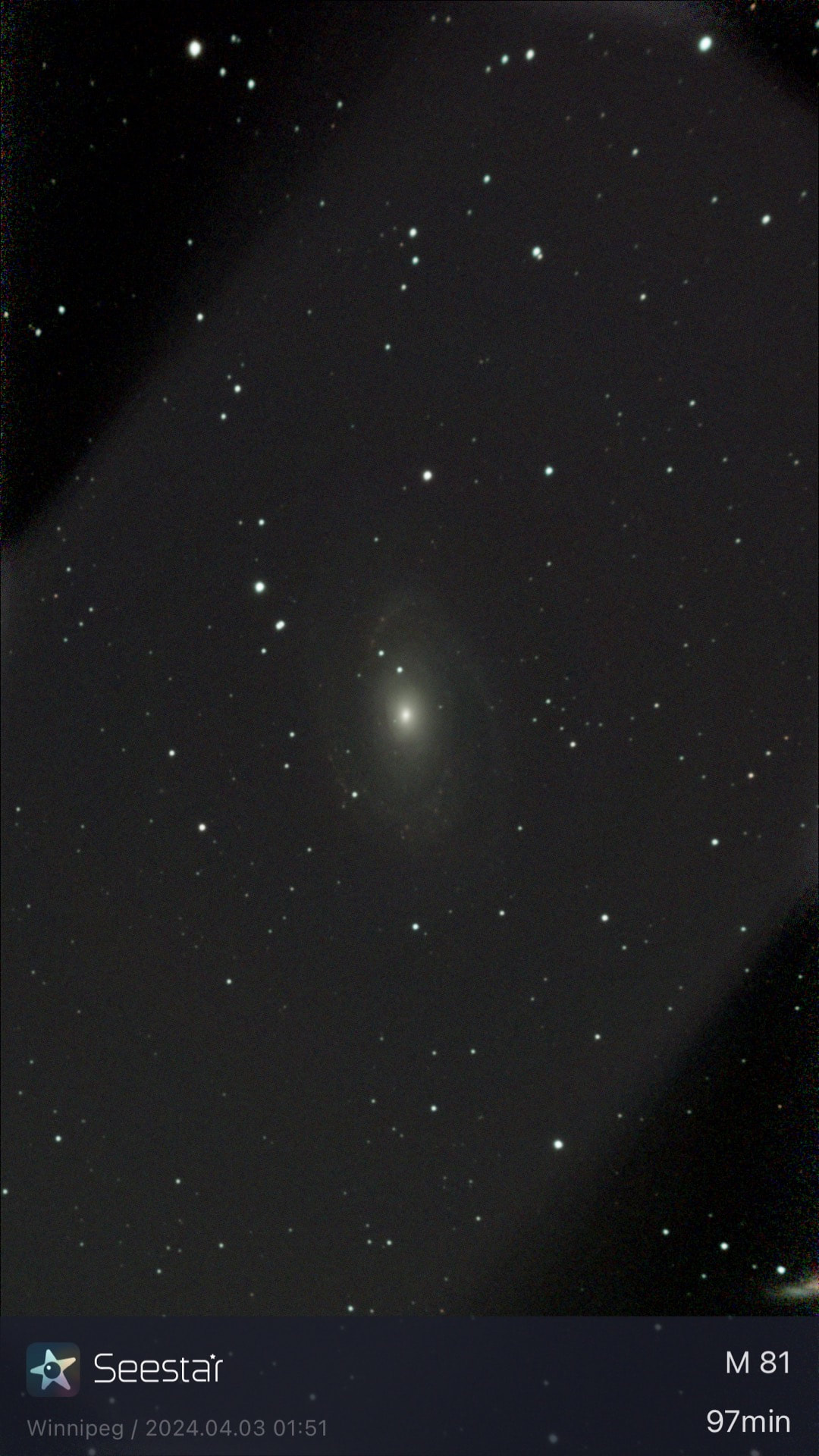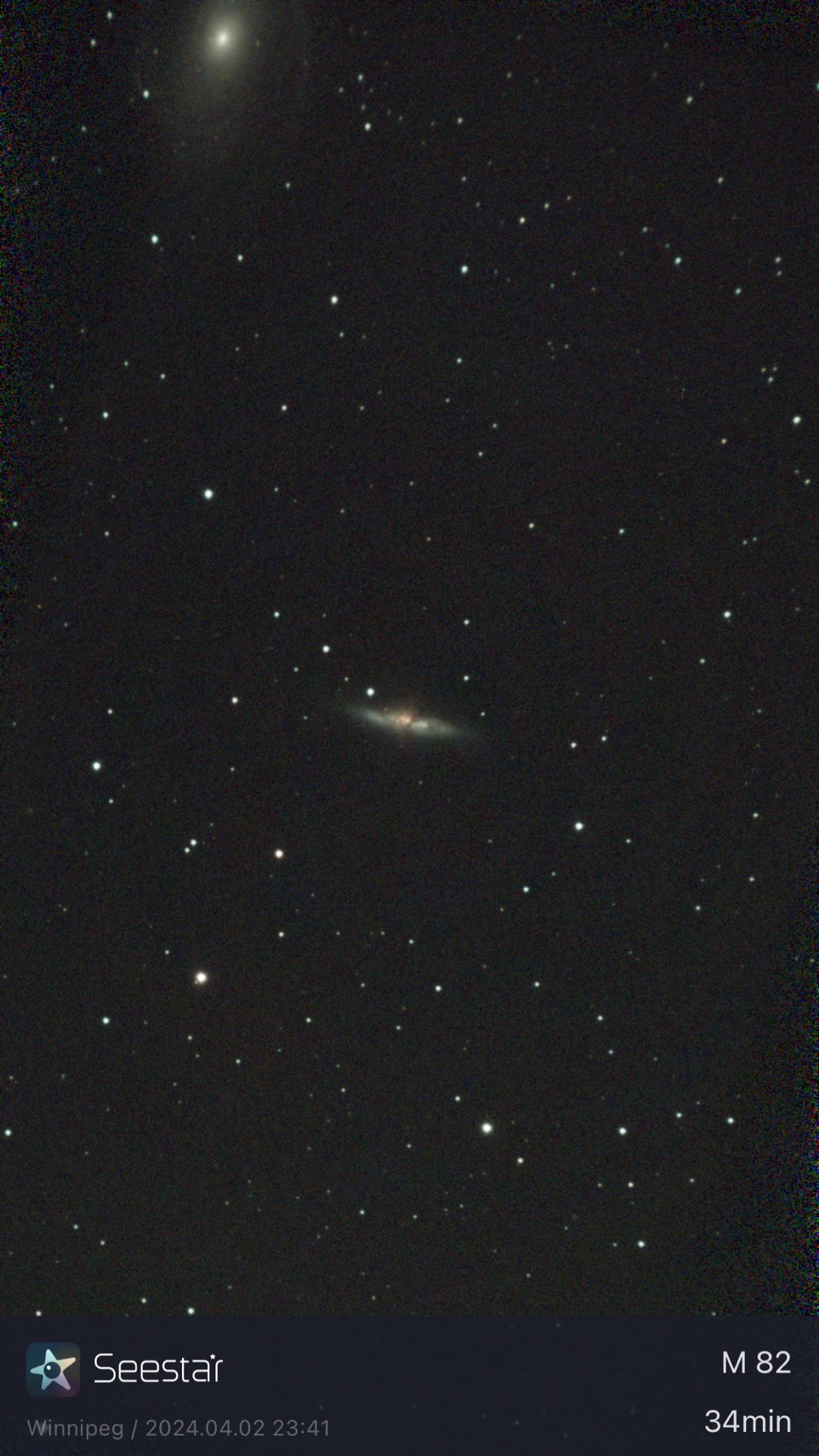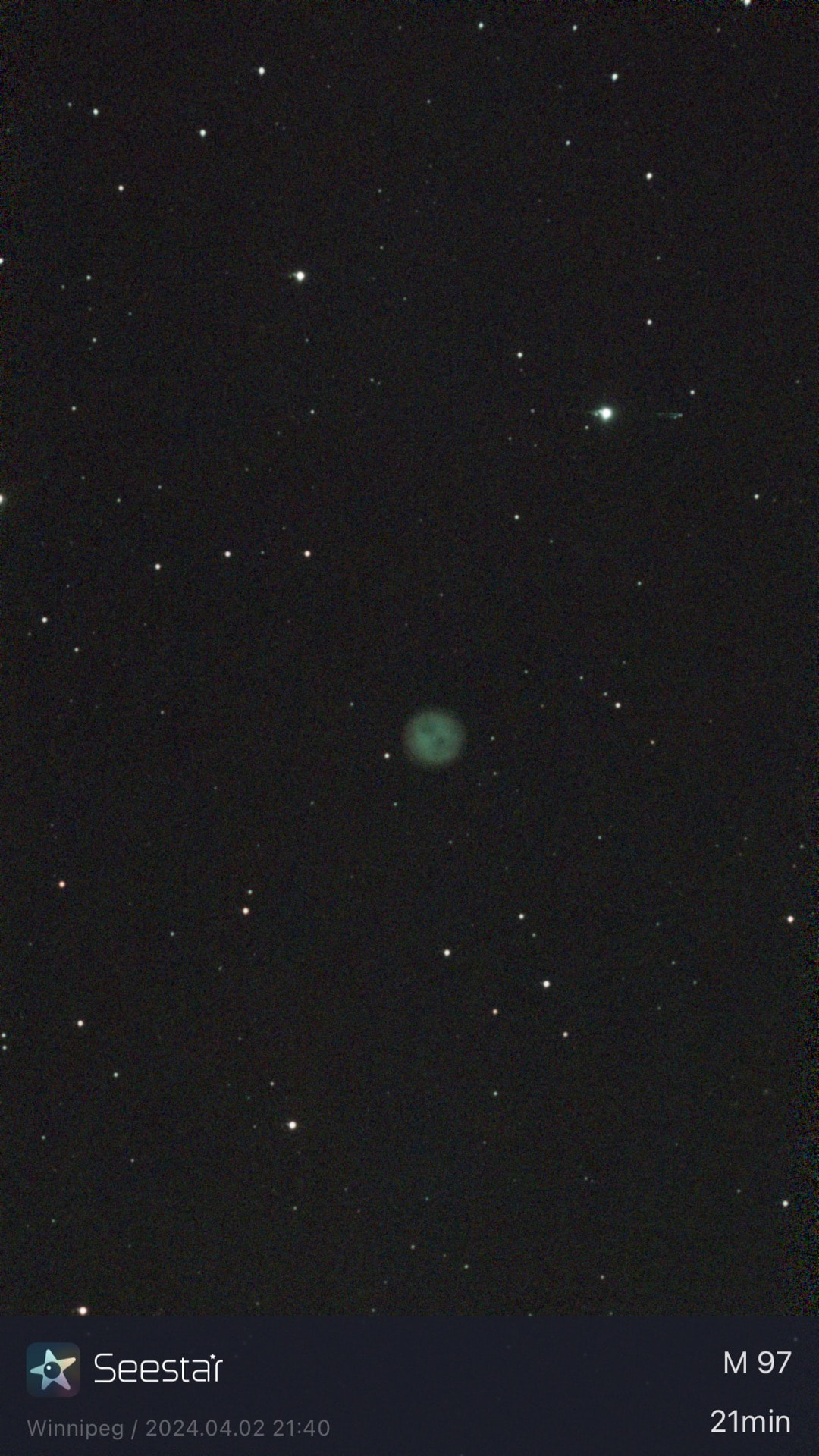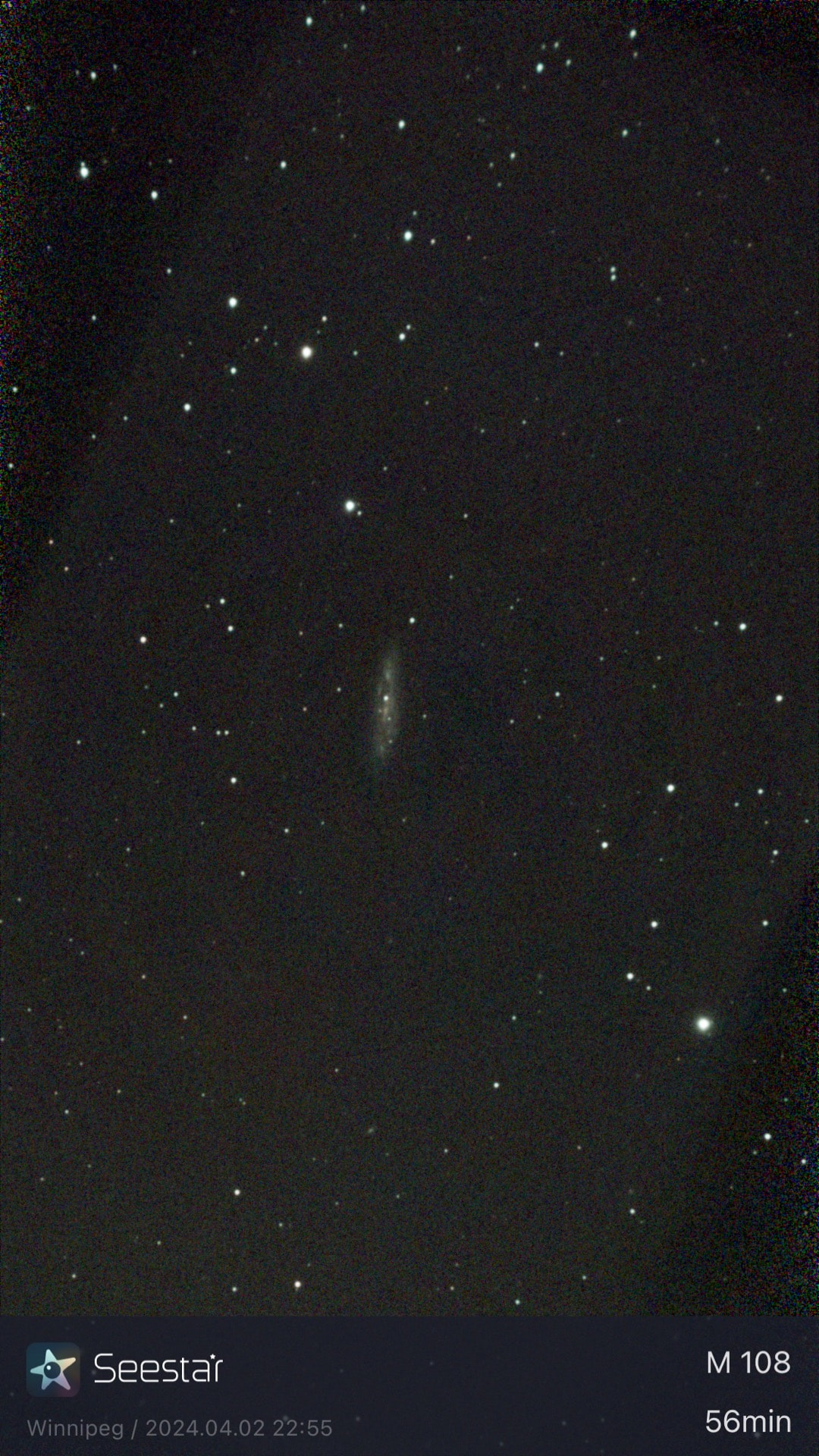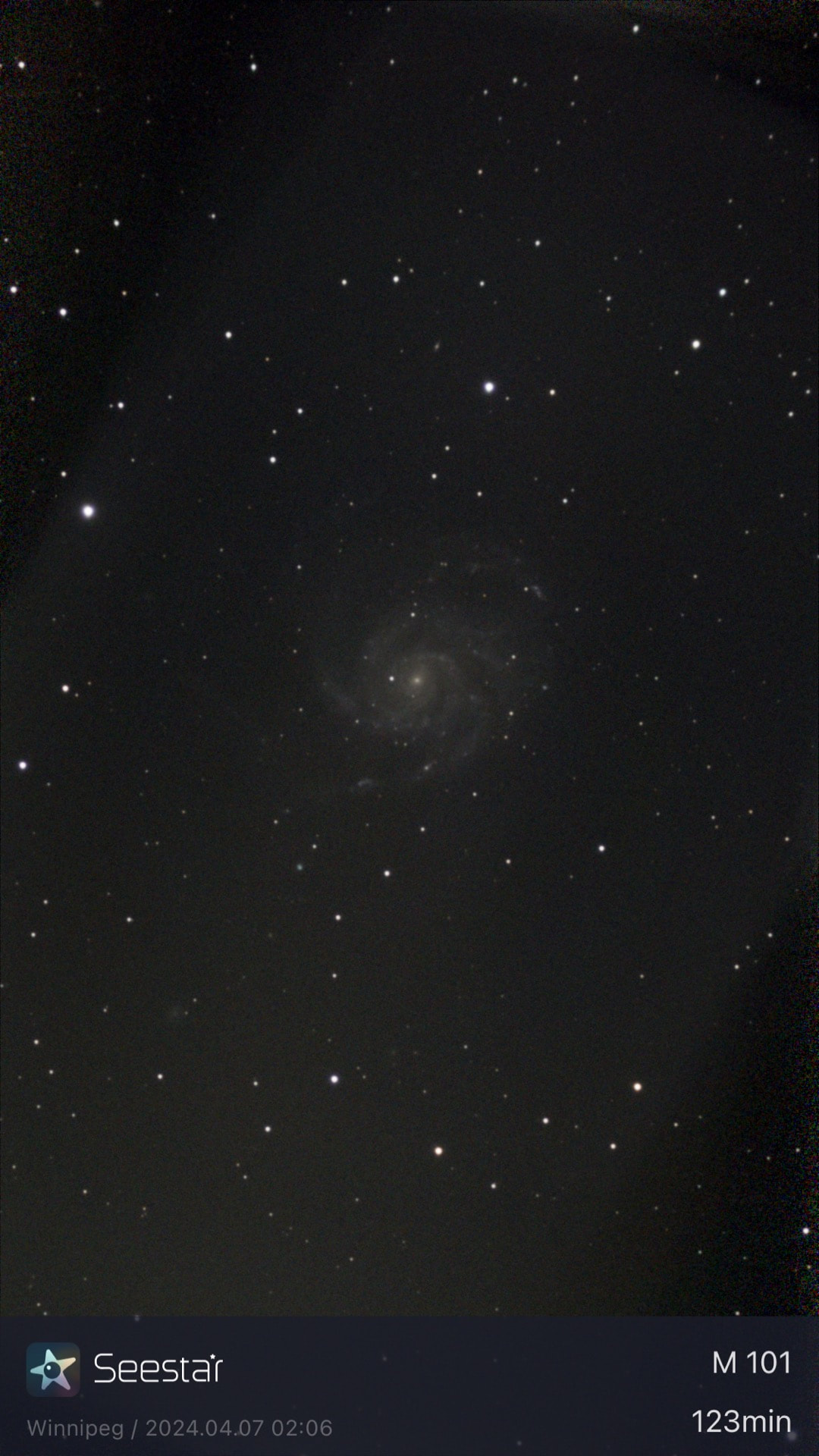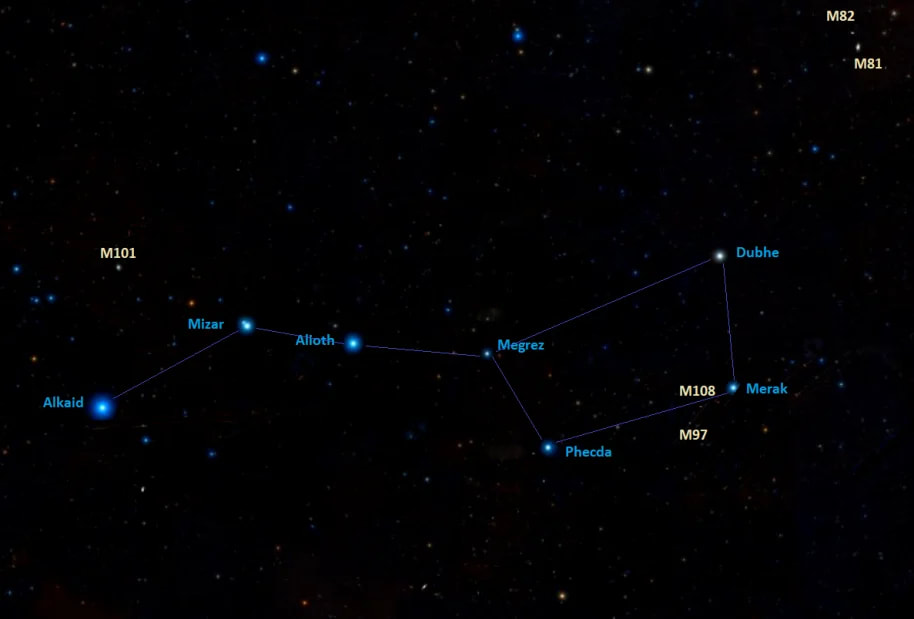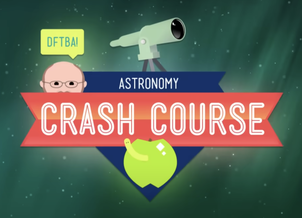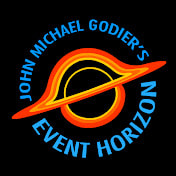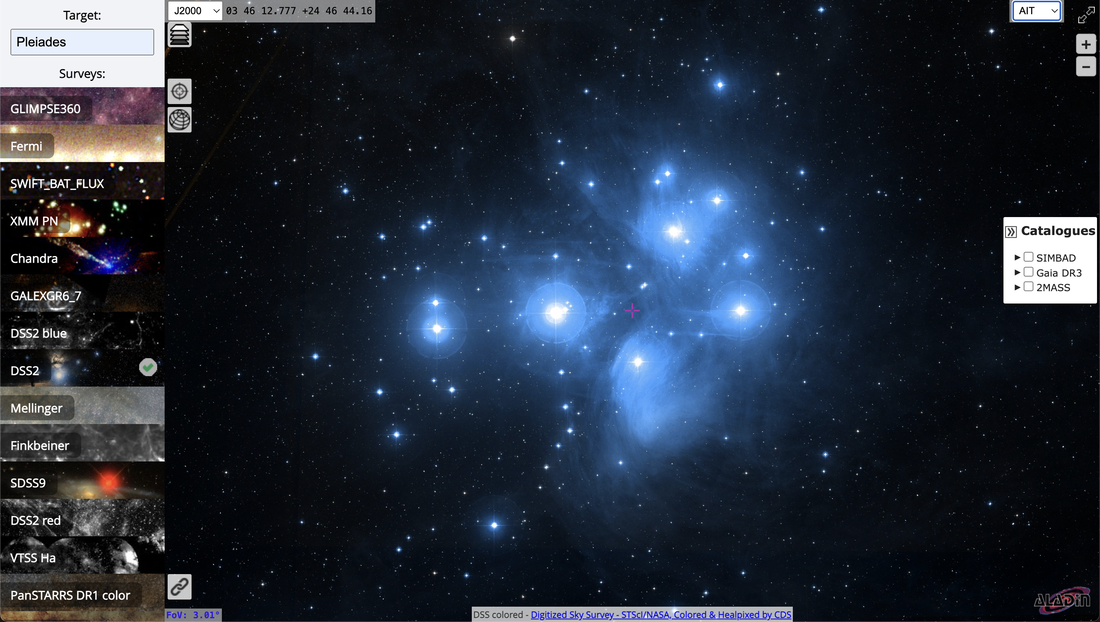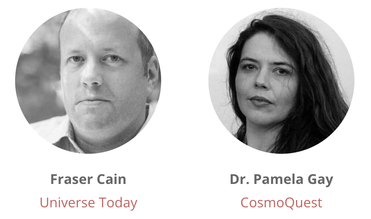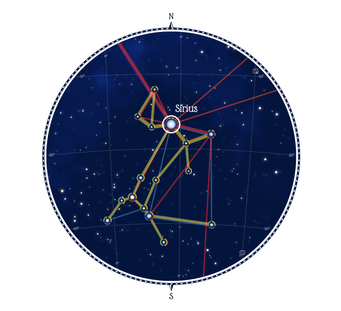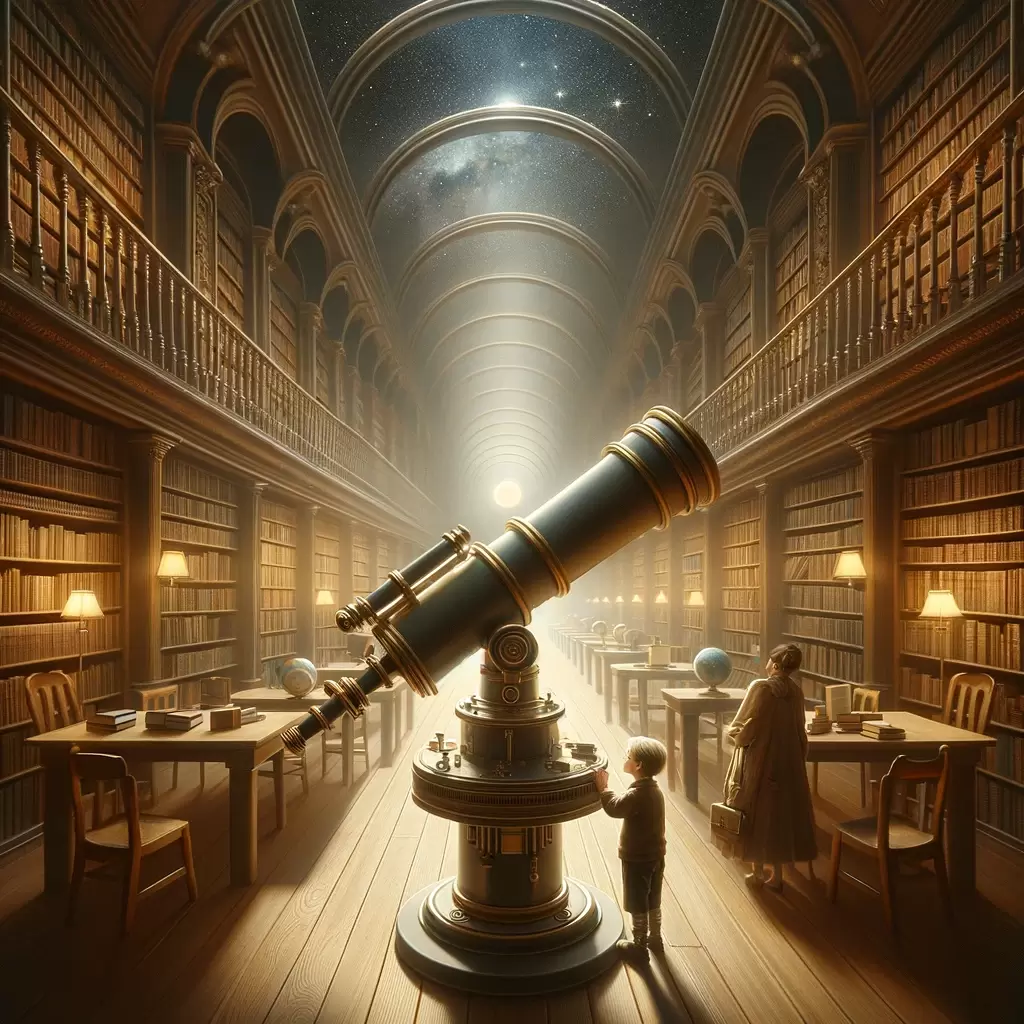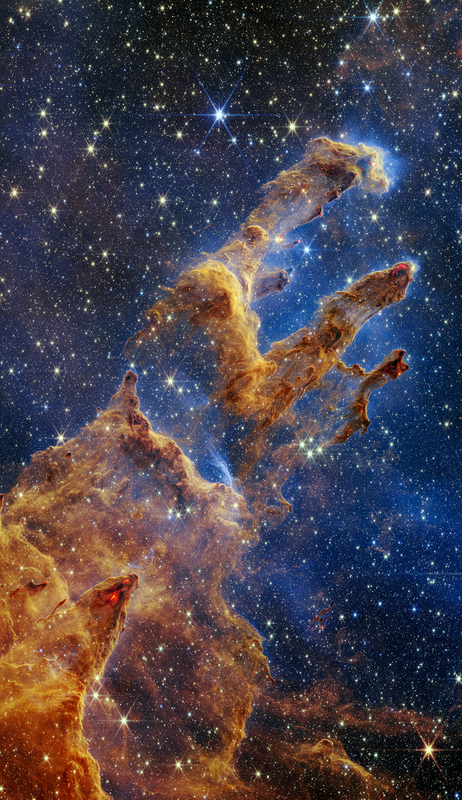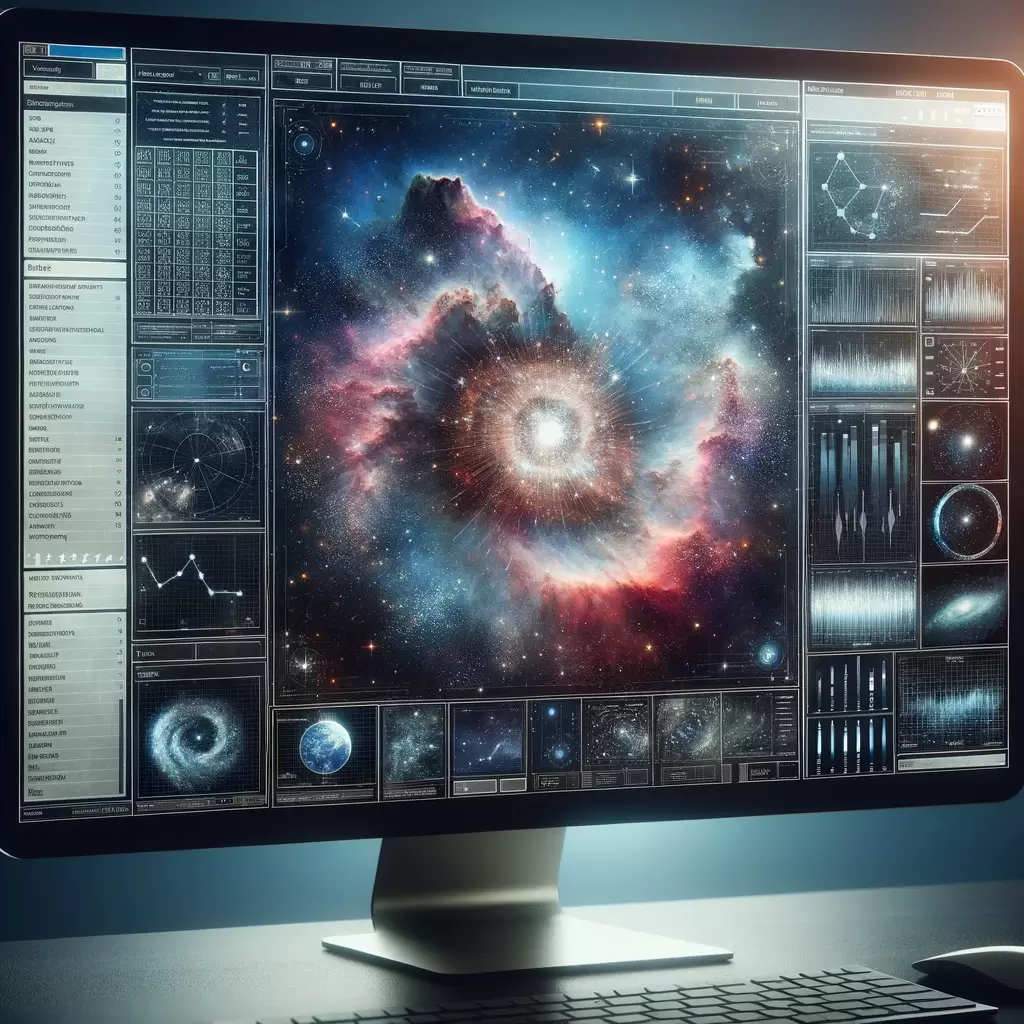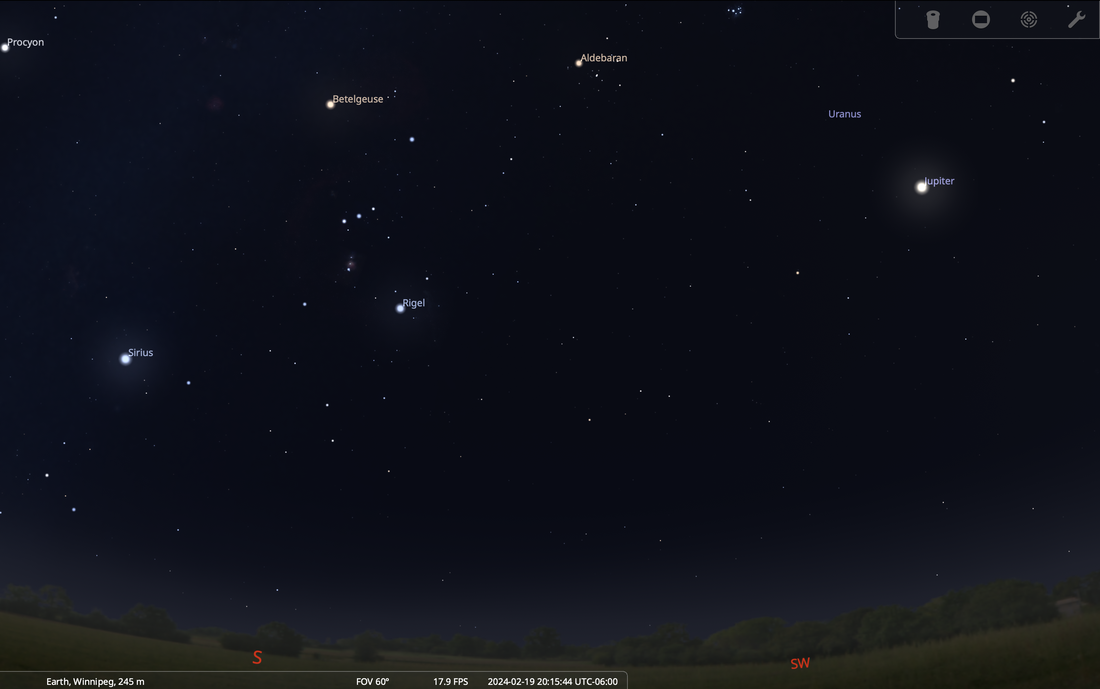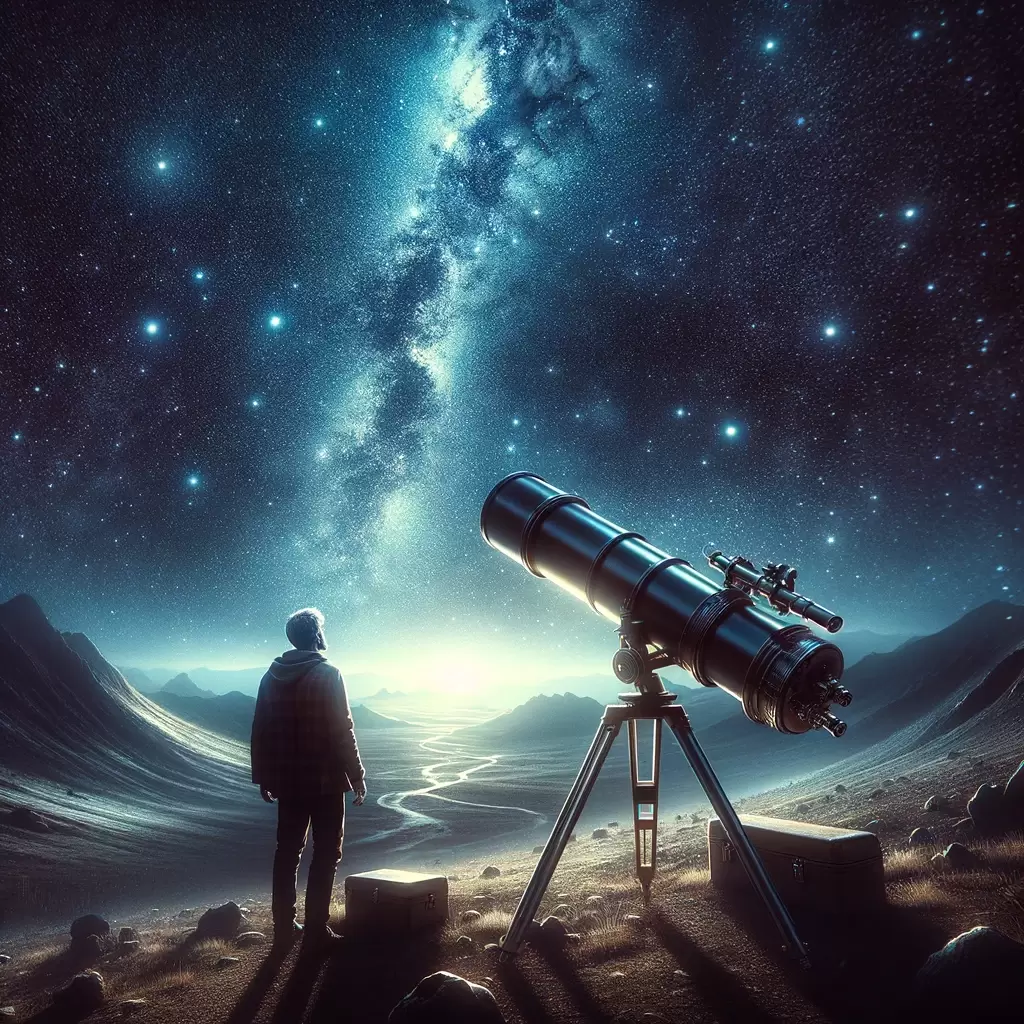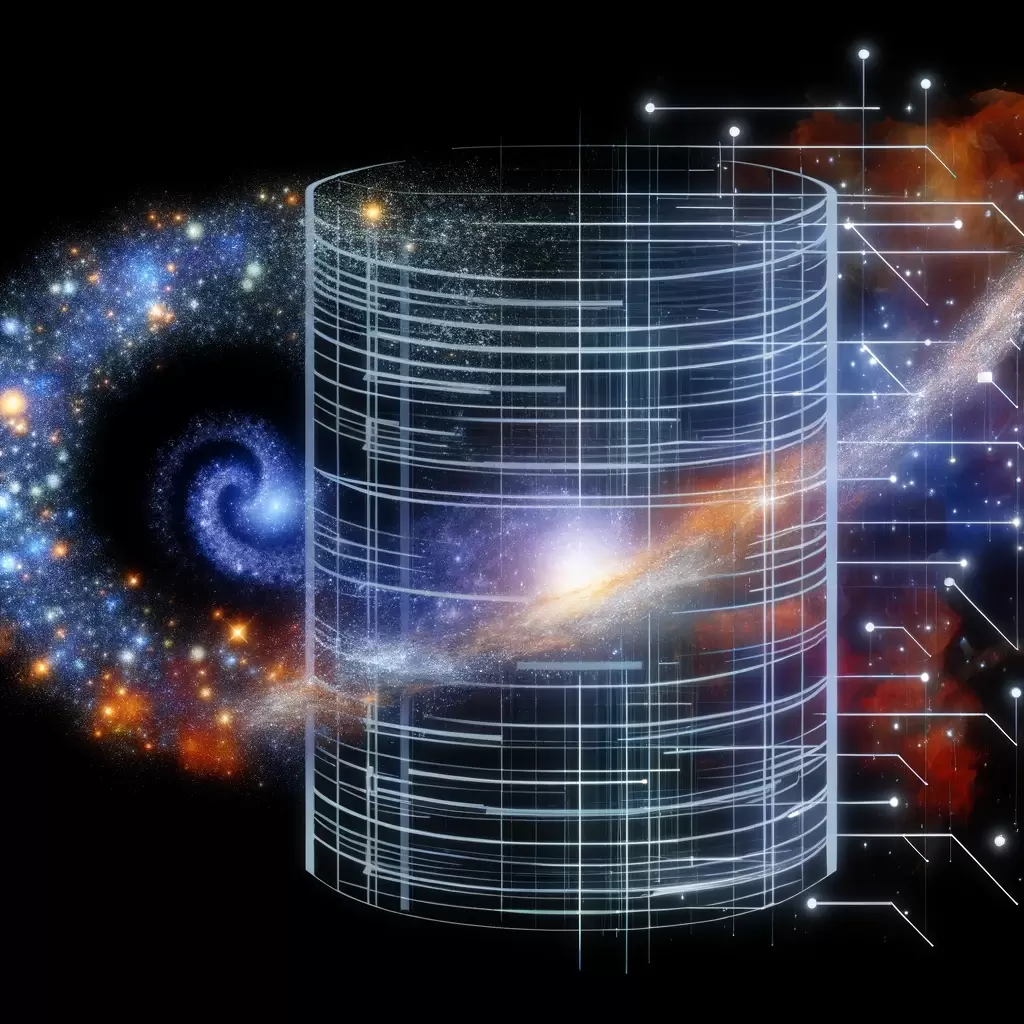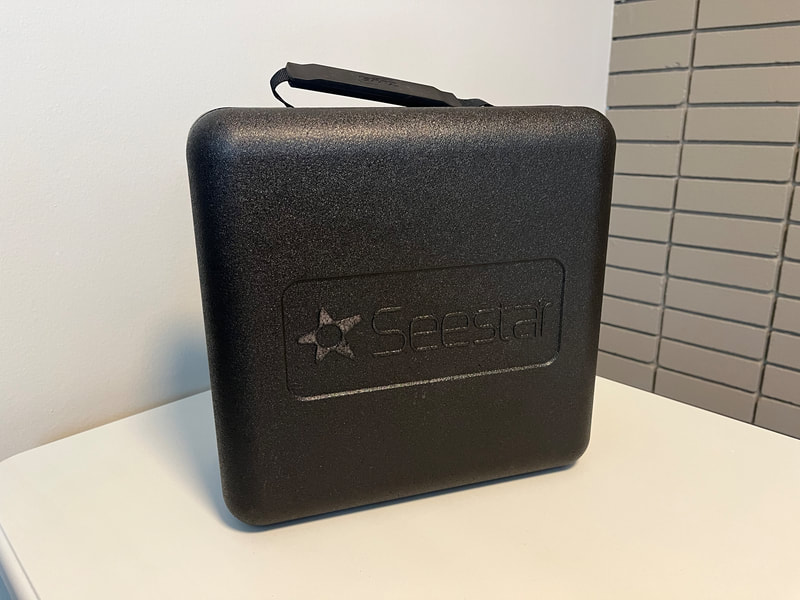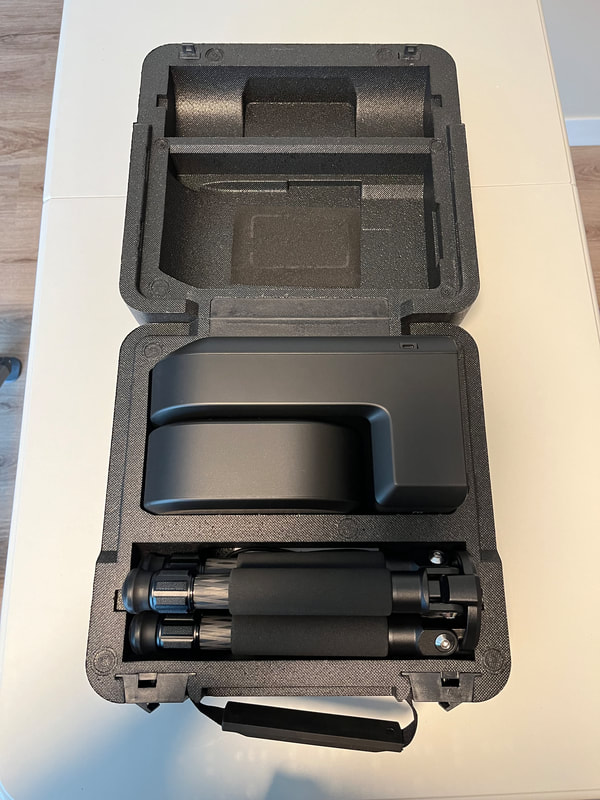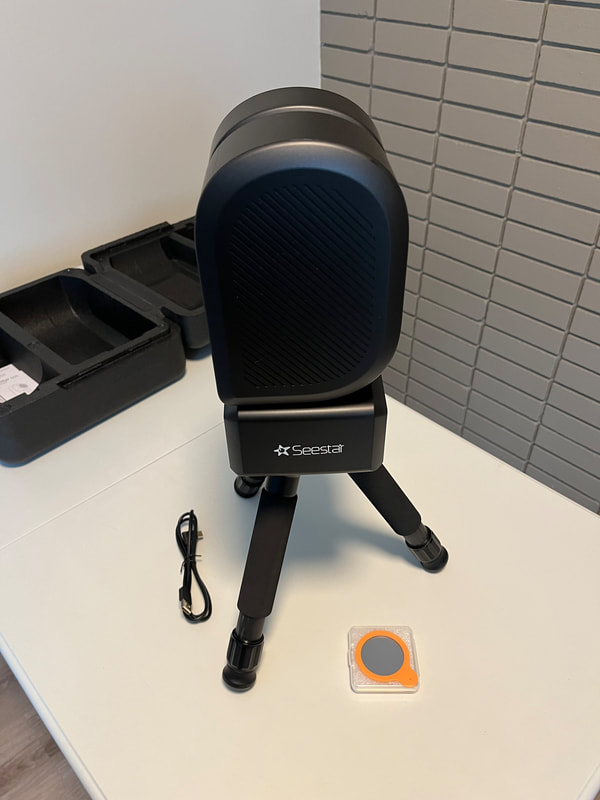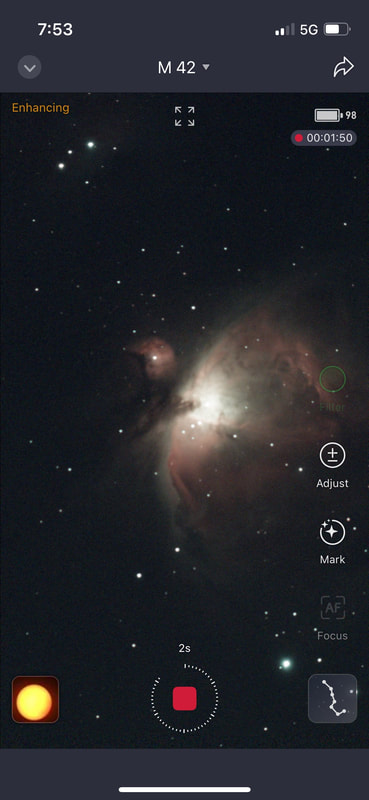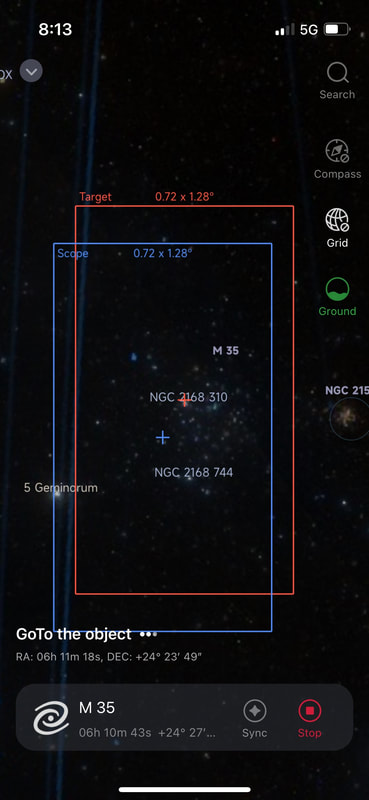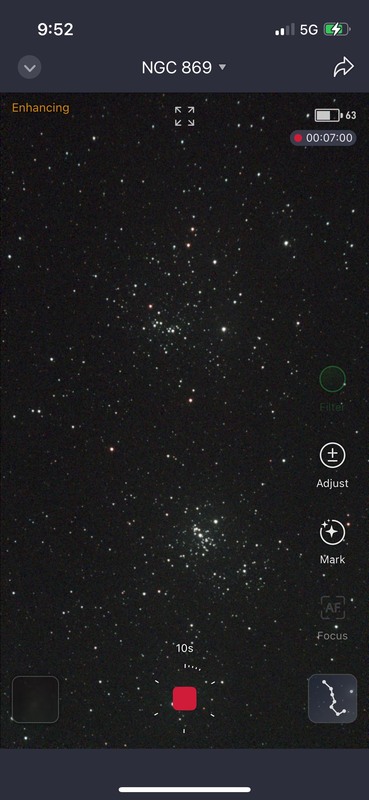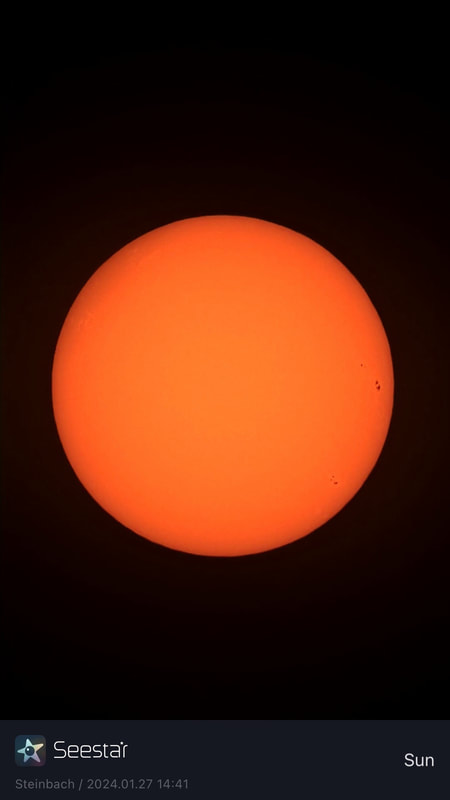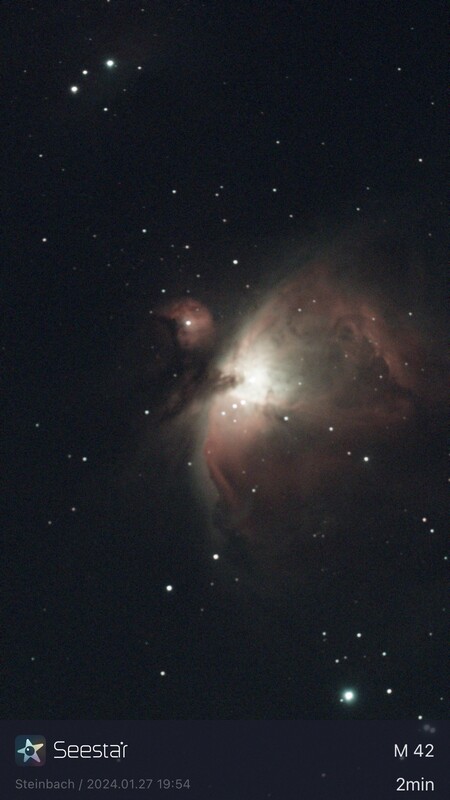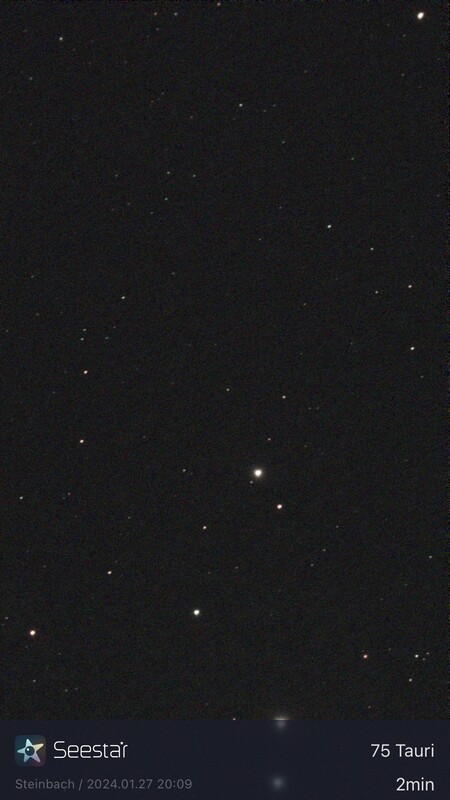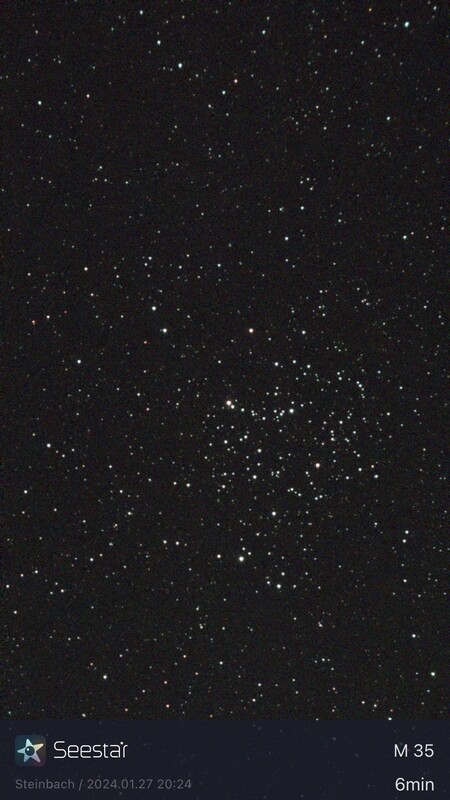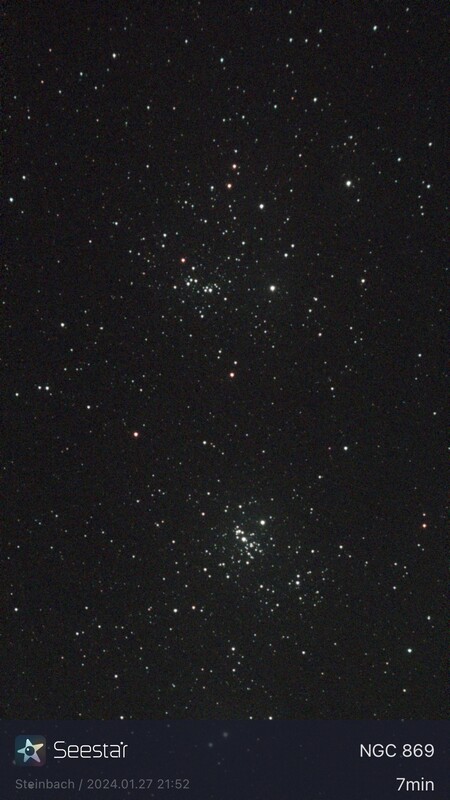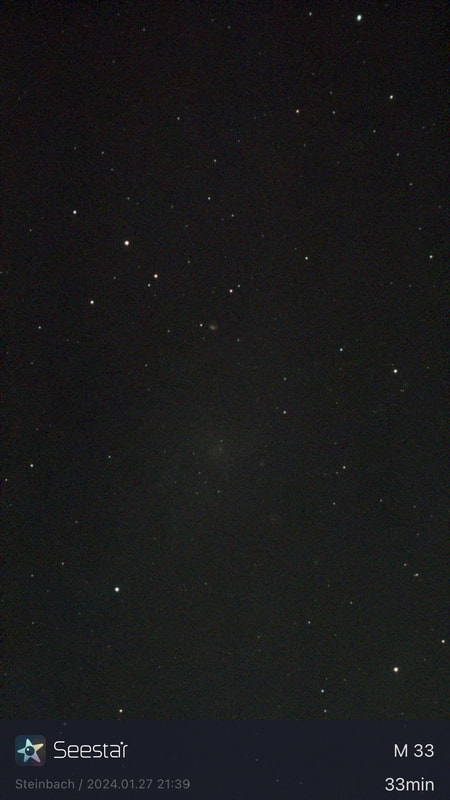|
On April 8th, 2024, Winnipeg, Manitoba, witnessed a partial solar eclipse with a maximum obscuration of 53.64%. Despite cloudy skies, the event captivated Winnipeggers. As a passionate observer living in Winnipeg, I had the opportunity to witness this phenomenon. The Unveiling of the EclipseThe eclipse began its subtle initiation at 12:54 pm CDT, with the moon starting to cover the sun from a direction of 167° and an altitude of 47.0°. The peak occurred at 2:01 pm CDT at 191° and an altitude of 47.2°. The gradual retreat of the moon’s shadow continued until the partial eclipse ended at 3:08 pm CDT. By then, the alignment shifted to 214° and an altitude of 43.0°. A Glimpse Through the LensArmed with my SeeStar S50, I captured key moments of the eclipse. Below are two groups of photographs highlighting the peak and final moments of the eclipse, showcasing the moments when the moon and sun played a fleeting game of tag in the sky. The Eclipse at Its Peak Taken during maximum obscuration. The Closing Moments Captured at the end of the eclipse. Stellar Exploration Before the EclipseIn anticipation of the eclipse, the evening of April 2nd to the morning of April 3rd was spent in diligent observation and photography of the night sky. With my SeeStar S50, I captured the beauty of four Messier objects, all located in the constellation Ursa Major (aka Big Dipper).
The Night Before: Capturing the Pinwheel GalaxyMotivated by my earlier observations, I set out to capture a great image of M101 (another Messier object in Ursa Major) on April 7th, the night before the eclipse.
Location of observed Messier objects in Ursa Major. A Cosmic JourneyThe partial solar eclipse of 2024 provided a unique opportunity for celestial observation and photography. Coupled with the preceding nights spent capturing the beauty of distant galaxies and nebulae, it was an unforgettable experience that underscored the wonders of our universe. For more details and insights into the equipment used during these observations, visit the 'My Gear' page under the 'Astronomy' section of my website, recently completed to share information about my gear and what qualities I value most with fellow astronomy enthusiasts. Maximum obscuration, times, direction, and altitude data from Time and Date.
0 Comments
The cosmos has always fascinated humanity, from ancient astronomers gazing at the stars to modern scientists exploring the universe with cutting-edge technology. For those of us who can't launch into space ourselves, astronomy-related YouTube channels offer a window into the vastness and beauty of the universe. Highlighting the current selection of ‘Recommended Astronomy-Related YouTube Channels’ I’ve curated and featured in the Astronomy section of this site, here's a list that will take you on a journey through the cosmos, each with its unique perspective on space exploration and science. Generated with DALL·E. AstrumAstrum is your go-to channel for diving deep into the mysteries of our Solar System. With a series of videos dedicated to each planet, this channel answers burning questions about the size of the Solar System, the celestial bodies that orbit our Sun, and why space exploration should matter to us. Through stunning visuals from probes and spacecraft, Astrum brings the beauty of space right to your screen. Canadian Space AgencyThe Canadian Space Agency (CSA) channel is a treasure trove of information for those interested in the advancements of space through science. Coordinating all civil, space-related policies and programs, CSA's channel offers insights into how space science and technology are benefiting society and contributing to the knowledge of space. Crash Course AstronomyPhil Plait, also known as The Bad Astronomer, takes viewers on an educational journey through space in this Crash Course Astronomy series. This playlist is perfect for those looking to understand the basics of astronomy in an engaging and accessible format. European Space Agency, ESAThe ESA channel is your European gateway to space. With a mission focused on the peaceful exploration and use of space, the ESA channel offers clips showcasing Earth, the Universe, and significant space events. This channel is a testament to the collaborative spirit of space exploration. Event HorizonHosted by John Michael Godier, Event Horizon is a narrative-driven show focusing on science, astronomy, and space science. With special guests and a variety of topics, this channel explores the latest in space science and technology, making complex subjects accessible to a wider audience. Hubble Space TelescopeManaged by the Space Telescope Science Institute, this channel offers a glimpse into celestial phenomena revealed by the Hubble Space Telescope's advanced technology. From exploring age-old questions about the universe to sharing the beauty of celestial discoveries, the Hubble Space Telescope channel is a gateway to the wonders of the cosmos. HubbleESAFor the latest videos from the ESA/Hubble collaboration, the HubbleESA channel is a must-visit. This channel features stunning visuals and updates from one of the most iconic space telescopes in history, bringing the universe closer to home. Isaac ArthurFocusing on futurism and space exploration, Isaac Arthur's channel explores scientific concepts within the realm of known science and major theories. This channel is perfect for those who love to blend science with a touch of science fiction, offering a thoughtful look at the future of space exploration. KosmoKosmo is an exciting channel for those with an inquisitive mind, eager to learn more about the mysteries of our infinite universe. From the riddles of space to the possibilities of other worlds, Kosmo invites viewers to ponder the vastness of the cosmos. Learn the SkyJanine, the creator of Learn the Sky, shares her passion for astronomy by teaching viewers how to identify constellations, stars, and celestial objects. This channel is a blend of science and mythology, perfect for stargazers of all levels. NASANASA's official YouTube channel offers an inside look into the agency's mission to pioneer the future in space exploration, scientific discovery, and aeronautics research. With a history spanning over six decades, NASA's channel provides unparalleled access to the latest in space exploration and discoveries. PBS Space TimeHosted by astrophysicist Matthew O’Dowd, PBS Space Time explores the outer reaches of space and the complexities of astrophysics. This channel is ideal for those looking to dive deep into the scientific theories and possibilities that stretch beyond our planet. SEAThe SEA channel offers a relaxed approach to exploring all things space-related. From the latest space news to deep dives into unsolved mysteries, this channel provides a laid-back way to satisfy your curiosity about the cosmos. SpacedockFor fans of science fiction, Spacedock is the perfect channel to explore the specifications, history, and lore of fictional spacecraft. This unique blend of reality and fantasy offers a creative look at the possibilities of space travel. SpaceRIPSpaceRIP delivers both long and short videos on astronomy and related topics, providing viewers with a broad range of content to explore the universe and its wonders. V101 ScienceV101 Science combines powerful visuals with mysterious music to explore intriguing science topics. For those wondering about the conditions inside Jupiter or the secrets of the universe, this channel offers visually captivating and informative videos. Each of these channels offers a unique perspective on astronomy and space exploration, making the vastness of the cosmos more accessible and understandable. Whether you're a seasoned astronomer or just starting to explore the night sky, these YouTube channels are sure to spark your curiosity and expand your knowledge of the universe. In the vast expanse of the internet, where information is as limitless as the stars in the night sky, finding great resources can be as challenging as identifying a distant galaxy. Whether you’re an aspiring astronomer or simply captivated by the night sky, the right tools and knowledge can expand your understanding and significantly enhance your next stargazing adventure. Here, I'm highlighting the current selection of ‘Great Astronomy Links’ I’ve curated and featured in the Astronomy section and Links pages of this site. These stellar resources stand out for their value, usability, uniqueness, and the sheer excitement they bring to the astronomical community. Aladin is an interactive sky atlas that is both educational and engaging. By allowing users to visualize and analyze astronomical images and data, Aladin bridges the gap between amateur astronomy enthusiasts and the professional astronomical community. Its intuitive interface makes it accessible to users of all skill levels, inviting a deeper exploration of the night sky.
Astronomy Cast takes listeners on an auditory voyage through the cosmos. Hosted by Fraser Cain and Dr. Pamela L. Gay, their fact-based discussions make complex astronomical concepts accessible, enriching your knowledge and passion for the universe with each episode. Astronomy Tools offers a collection of free tools for the astronomer, including Field of View and other calculators, star charts, sky and atmospheric conditions, and lookup coordinates. These tools enhance the stargazing experience, making it easier to plan observations, track celestial events, and understand the night sky. Valuable companions for night-time expeditions. CosmoQuest is a community of astronomers and astronomy enthusiasts who connect via podcasts, streams, forums, and chats. CosmoQuest aims to foster a community of citizen scientists and encourages people to ask themselves the question: How do you want to explore our Universe?
Lynkeos is a specialized tool for processing astronomical images on Mac OS X. For those who capture the night sky through a telescope and webcam, Lynkeos simplifies the post-processing of images, making it easier to unveil the beauty and detail of celestial objects.
Our Galaxy provides a 3D atlas of the Milky Way, offering a unique perspective on our cosmic neighbourhood. This tool enhances our understanding of the galaxy's structure, helps us visualize the locations and physical properties of deep sky objects, and assists us with comprehending our place within it. Dive into the heart of a vibrant astronomical community with the Royal Astronomical Society of Canada (RASC). Established in 1868, the RASC is a cornerstone for enthusiasts of all levels, offering a constellation of local centres across Canada. These centres are the gathering grounds for regular meetings where members share insights, learn from one another, and fuel their passion for the cosmos. The society is renowned for its star parties, enchanting events that bring the community together under the vast, starlit sky for unforgettable nights of observation and camaraderie. Whether you're just starting your celestial journey or are a seasoned stargazer, the RASC website is your portal to a universe of knowledge, connection, and the shared joy of astronomy.
Sky Maps offers high-quality digital star charts for educators, publishers, and enthusiasts. These maps are indispensable for navigating and appreciating the night sky's splendour. The Evening Sky Map - February 2024 - Skymaps.com SPACE.com is the go-to destination for news in the realm of astronomy and space exploration. This site is a vibrant hub for anyone eager to keep a pulse on new discoveries, skywatching events, and advancements in space technology. Stellarium is free, open-source planetarium software that transforms your computer into a window to the cosmos. With a realistic 3D sky and a wealth of features, it's an exceptional tool for educators, students, and anyone mesmerized by the stars. The Awesome Amateur Astronomer provides a guide for beginners by laying out ten practical steps to get started in astronomy. This resource demystifies the initial challenges of stargazing, providing a clear path for newcomers to the hobby. Generated with DALL·E. Each of these resources, with its unique offerings, weaves together a tapestry of knowledge and exploration that enriches our understanding of the universe. From practical tools to enhance your stargazing experience to rich sources of scientific knowledge and cultural insight, this curated selection of links opens up a universe of possibilities. Whether you're an amateur astronomer, an educator, or simply a curious mind, these links invite you to gaze upwards, dream big, and explore the wonders of the cosmos. They offer a pathway to not just observe, but to understand and participate in a vast astronomical community, encouraging us to connect with the night sky and each other in our shared quest for knowledge.
The advent of smart telescopes has revolutionized amateur astronomy, making the wonders of the universe more accessible to everyone. Smart telescopes automatically take and stack images, making the intricate process of capturing the celestial grandeur of the night sky far more accessible to enthusiasts. Gone are the days when a smart telescope required a hefty investment of thousands of dollars. Recent innovations have brought us marvels like the ZWO Seestar S50 and Dwarf II smart telescope, available for under $1000 CAD. These devices, while more limited than their pricier counterparts such as the Unistellar eVscope, provide a solid user-friendly introduction to astrophotography. With the upcoming solar eclipse on April 8, 2024 I recently took the plunge and acquired the Seestar S50 to fill gaps in and expand my observational capabilities. This piece of technology not only complements my existing equipment but also opens new doors to the universe's mysteries. Before delving into this smart telescope, it's crucial for anyone considering a telescope to reflect on how they wish to engage with the night sky. Whether it's star hopping, deep-sky viewing, or planet gazing, the right equipment can significantly enhance your experience. My arsenal includes a Celestron Regal M2 100ED spotting scope and Orion 2x54 Ultra Wide Angle Binoculars. Both are ultraportable and serve a unique purpose. The spotting scope is great for star hopping and viewing the planets. The binoculars (aka constellation binoculars) provide a 36 degree field of view that fully encompasses a constellation and allows you to see about 1.2 magnitudes fainter than you can with the naked eye. This has come in handy at star parties, where I used them to identify locations to set up telescopes for public outreach before the stars and planets were visible to the naked eye. They also provide a more ‘dark sky’ experience in areas with light pollution by enabling viewing of fainter magnitudes. These tools have been invaluable in my stargazing adventures, from casual walks under the stars to camping in beautiful parks to educational sessions at star parties. The Seestar S50 Smart Telescope: A New PerspectiveThe Seestar S50 promises to broaden my view of the cosmos with its ability to capture images of the sun and deep-sky objects such as galaxies and nebulae in a user-friendly and portable package. It boasts a 50mm apochromatic lens, a 250mm focal length, and utilizes a high-quality Sony sensor to capture the cosmos in decent detail. 1. Seestar case. 2. Inside the Seestar case. 3. Seestar S50 telescope set up on tripod with charging cable and solar filter. Simplicity and UsabilityThe Seestar S50 is celebrated for its straightforward setup and portability, making it an ideal choice for astronomers of all levels. Setting it up is a breeze—just mount it on the tripod, turn it on, sync it with the app, and you're ready to explore the night sky. This ease of use extends to the app, which guides you through selecting and capturing celestial wonders. Thanks to its compact design, the Seestar S50 can easily accompany you on your adventures, from casual backyard observations to star parties to explorations under the dark skies of remote locations. This portability and convenience makes the Seestar S50 a perfect match for my Celestron Regal M2, allowing for a comprehensive observational experience where deep-sky imaging with the Seestar S50 complements serendipitous explorations with the Celestron Regal M2. 1. Screenshot of the Seestar app acquiring and stacking images of the Orion Nebula. 2. Screenshot of the Seestar app targeting and going to M35. 3. Screenshot of the Seestar app acquiring and stacking images of NGC 869. First Light: Challenges and TriumphsMy initial outing with the Seestar S50 had a minor learning curve. Calibrating the telescope required a delicate balance, quite literally, as I discovered the importance of smooth rotation of the telescope while connected to the tripod. I had initially aimed to keep the telescope level when rotating, but this led to bumps and jolts due to surface friction as the tripod's legs brushed against the surface it was placed on. This minor hiccup aside, the telescope soon proved its worth, effortlessly tracking celestial wonders from the Sun to the Triangulum Galaxy. Despite urban light pollution and a bright moon, the images I captured, including the Orion Nebula and the Double Cluster in Perseus, were a testament to the telescope's capabilities. 1. Sol (Our Sun) 2. Orion Nebula (M42) 3. 75 Tauri (Orange-Hued Aging Giant Star) 4. M35 (Open Cluster) 5. Double Cluster in Perseus (NGC 869 and NGC 884) 6. Triangulum Galaxy (M33) Public Outreach and ValueThe Seestar S50's value extends beyond personal exploration to public outreach. As highlighted in Urban Astrophotography, this smart telescope is an excellent tool for educational initiatives, bringing the night sky closer to the community and sparking interest in astronomy among people of all ages. Looking AheadMy journey with the Seestar S50 is just beginning. I eagerly anticipate further tests and adventures, especially from dark sky sites and with longer sessions, where the true potential of this telescope can be unleashed. A Note to My ReadersLife has been growing busier, so I am shifting to a biweekly blogging schedule. Mark your calendars for my next post on February 21, 2024.
|
Christopher DesrochersModern Day Renaissance Man Categories
All
Archives
April 2024
|
